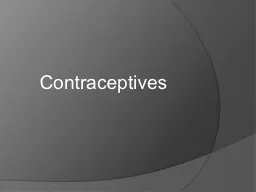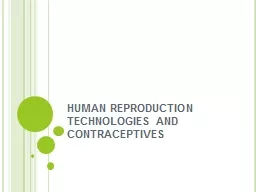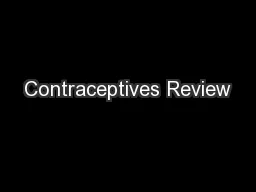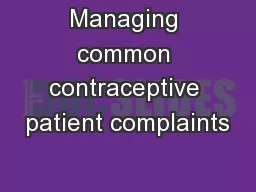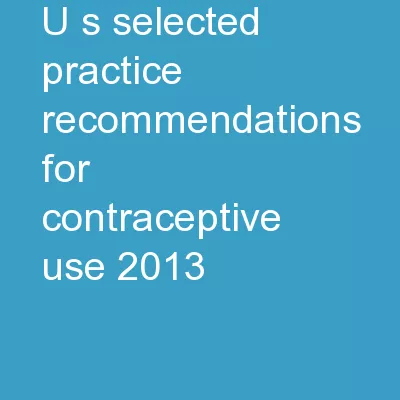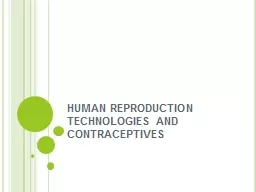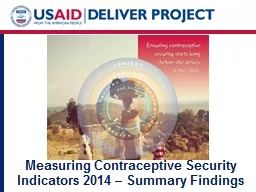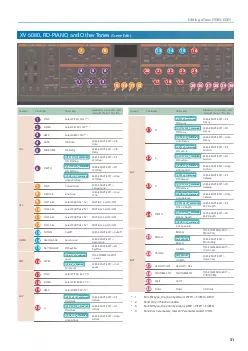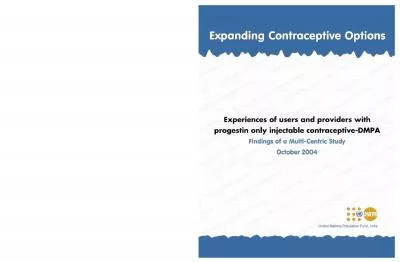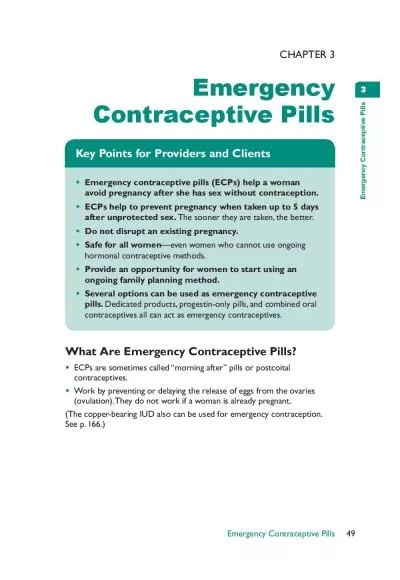PPT-Contraceptives Vaginal Contraceptive Film (VCF)
Author : emma | Published Date : 2022-05-31
Is a square piece of thin film that releases a spermicide VCF prevents pregnancy by killing sperm and blocking the opening of the cervix which stops sperm from
Presentation Embed Code
Download Presentation
Download Presentation The PPT/PDF document "Contraceptives Vaginal Contraceptive Fil..." is the property of its rightful owner. Permission is granted to download and print the materials on this website for personal, non-commercial use only, and to display it on your personal computer provided you do not modify the materials and that you retain all copyright notices contained in the materials. By downloading content from our website, you accept the terms of this agreement.
Contraceptives Vaginal Contraceptive Film (VCF): Transcript
Download Rules Of Document
"Contraceptives Vaginal Contraceptive Film (VCF)"The content belongs to its owner. You may download and print it for personal use, without modification, and keep all copyright notices. By downloading, you agree to these terms.
Related Documents

